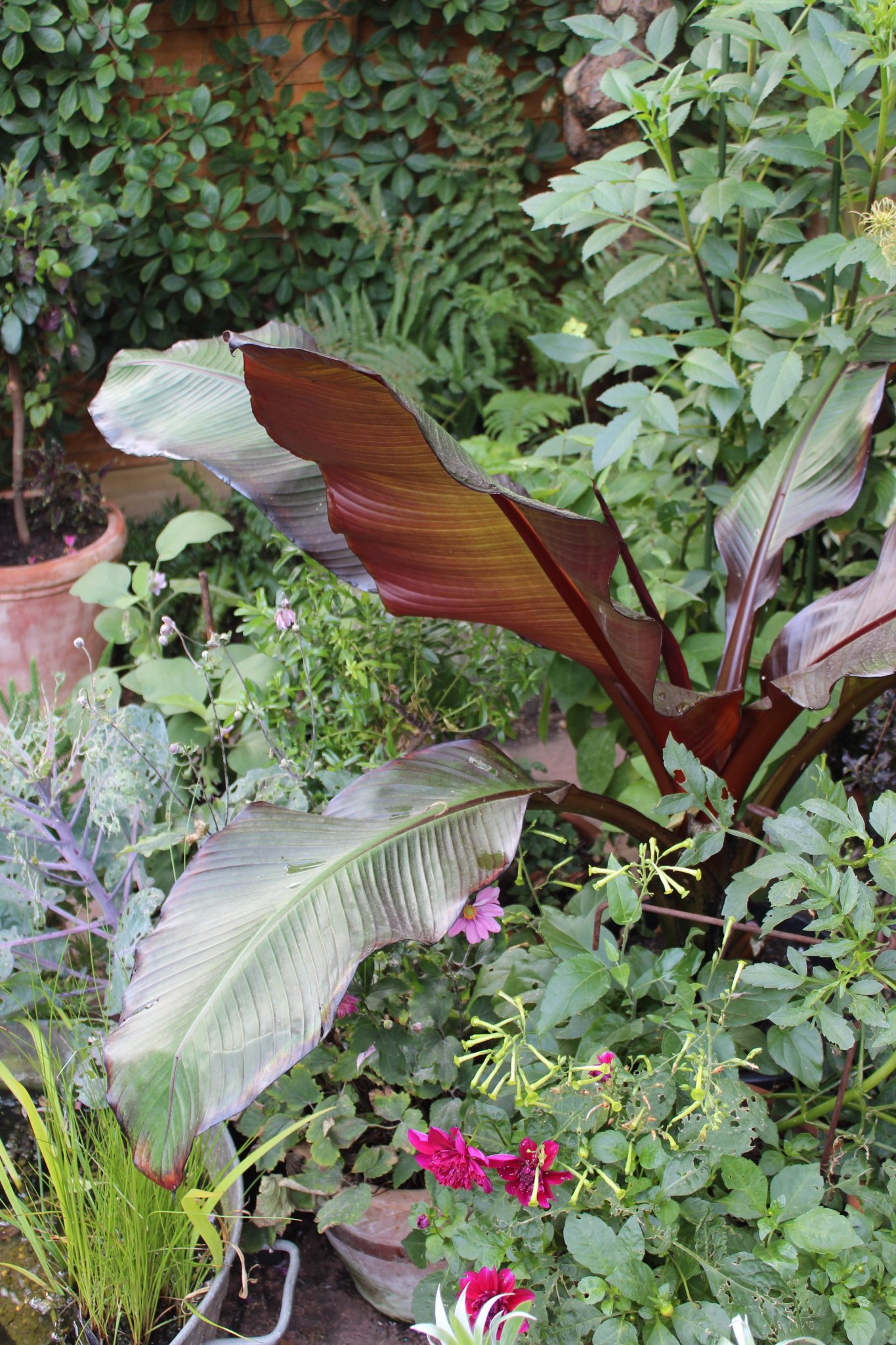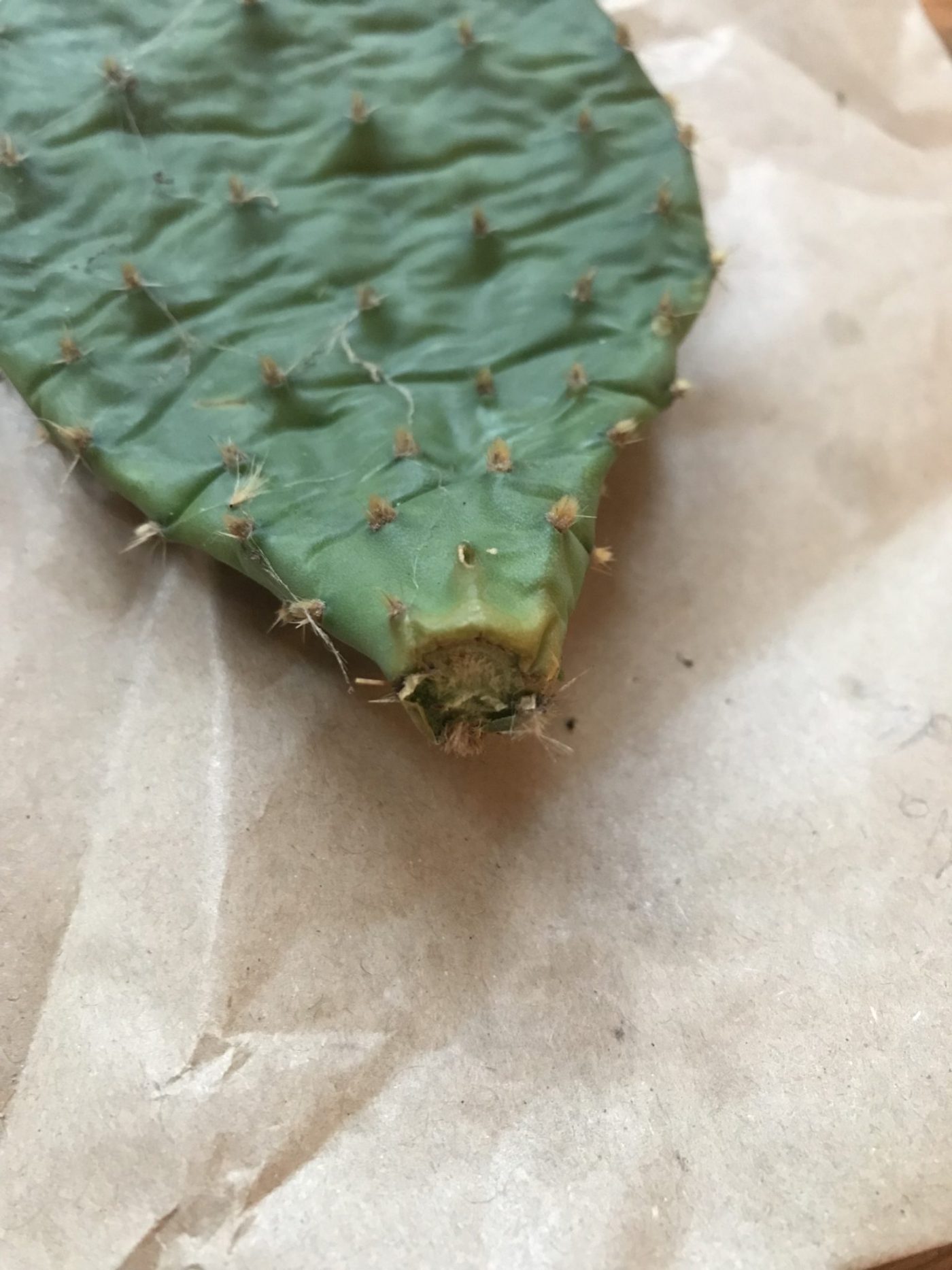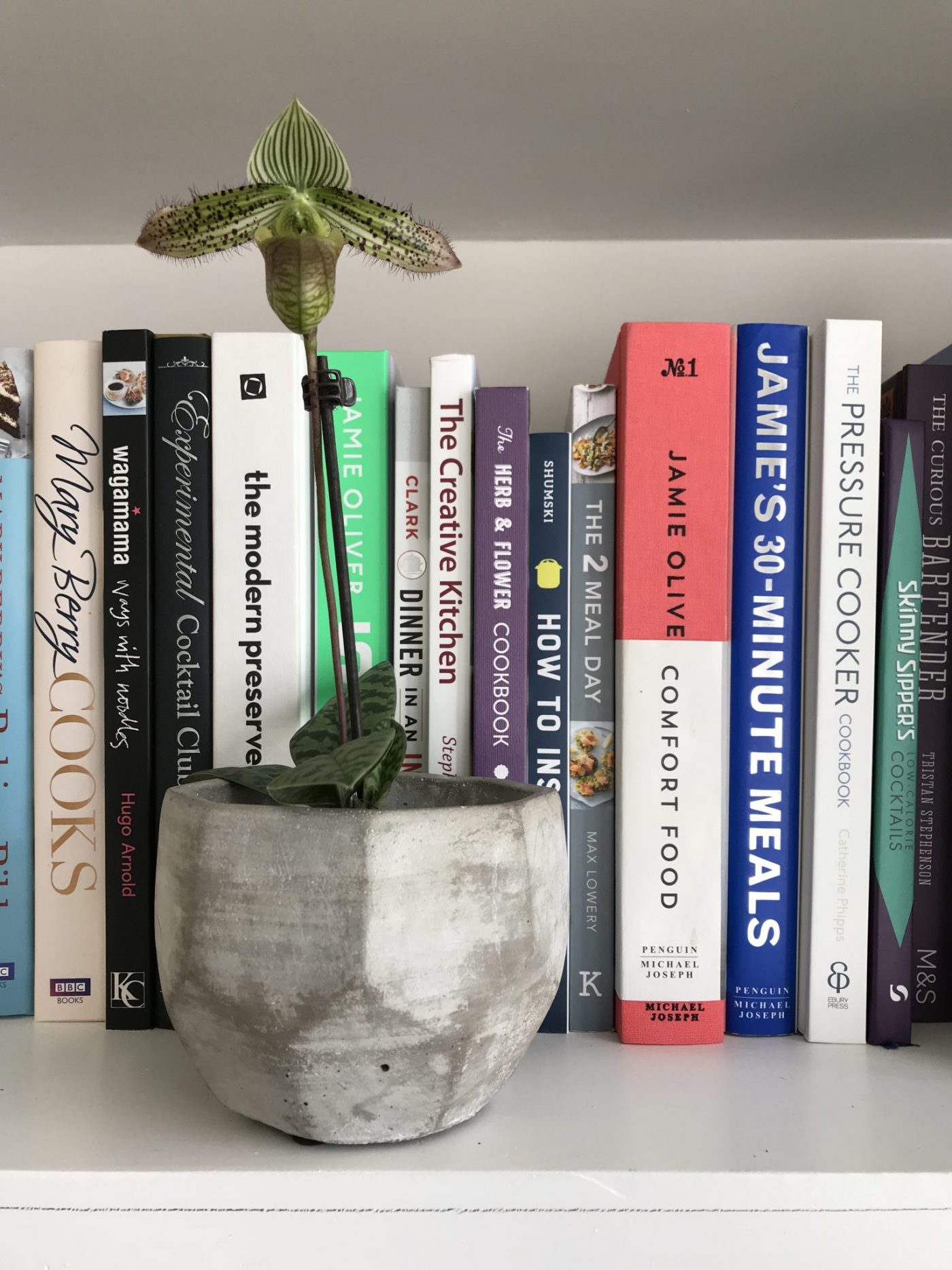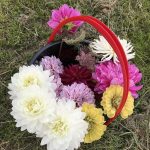I’ve been asked by my Instagram and Twitter buddies to explain how to grow bananas and to give some tips on the floral arch we created for last year’s NGS open day, among other things I’ve recently shared on social media. You ask, I (attempt to) deliver…
How to grow banana plants

I’ve certainly seen banana plants in the UK flower and set bananas – there’s a front garden near me which always has bunches in summer – but their fruit only ripen when grown under glass, such as in the Palm House at Kew Gardens or the Eden Project biomes. Regardless, bananas are grown for their large, instantly recognisable paddle shape leaves and the good news is, they’re easy-as to grow.
I grow two banana species, one is hardy and can be left out over winter and the other is tender, brought inside to be protected from frost. Musa basjoo is the main UK hardy banana plant you see around, with its emerald green leaves. It’s hardy enough that by protecting the stems in winter from frost, they can grow into towering trees here easily. I grow Musa sikkimensis which grows in the same way but is unlikely to be quite so big. Ensete ventricosum ‘Maurelii’, the tender one, I used to put into the shed over winter but to keep it looking a little nicer, I now bring inside to our front room as a giant houseplant. For how many years I can do that until it grows too big I don’t know.
To grow a banana plant you just need to plant in rich growing media, with full sun and keep well watered. They need these conditions to fuel their rocketing growth. So fast are they that you can buy a tiny 20cm plant in spring and it will be soaring well above head height by autumn. In fact, Musa basjoo can be something of a thug, forming a large clump of banana trees, new shoots emerging around its base. This looks fantastic but you need the space. For the first year or two they are fine in large pots but will grow faster in the ground.
Key to growing large hardy banana trees is protecting the ‘trunks’ in winter (which aren’t really trunks at all but that’s another blog post). In hard frost even Musa basjoo can turn to mush above ground, though it will reshoot in spring from the base, usually with three or more new shoots. In sheltered spots they may not need protecting and in London I’ve seen a few gardens with bananas tucked next to a house wall that don’t receive any protection except from the warmth and shelter of the building. If you are less fortunate, you simply need to wrap the plants in straw and hessian tied on with twine to give them a good frost resistant jacket. Bananas in frost resistant pyjamas.
How to build a floral arch

At our last open day (our next is on 8 Sept 2019) Chris, Rosanna and I created a floral arch around our front door out of flowers I’d grown on my allotment. I used mainly dahlias plus the odd Zinnia and Achillea with Eucalyptus for foliage filler.
Many people have asked how we created this, wanting to recreate it for their open days. The truth is that it’s actually cobbled together using nails around the outside to attach long twigs to. At the top, we hung oasis (which isn’t ideal because it’s not environmentally friendly) tied to the top of the door arch. When soaked the oasis was extremely heavy. It was then an easy case of sticking the dahlias into the oasis and twigs until it looked full enough, using some string occasionally to hold it together. The flowers in the oasis lasted for about five days(!) while those in the twigs simply wilted the same day. If we do it again this year we’ll look for alternatives to oasis.
Taking winter cuttings

I’ve been taking some cuttings of plants this month to boost numbers of those I’d like more of. “Gardening Rules” tell us winter is not an ideal time to take cuttings for many plants however, rules shmooles, I find it is still possible with the right conditions (lots of light and warmth) and by choosing the right plants.
Inside I have taken cuttings of Tradescantia pallida ‘Purpurea’ (a key plant on our patio), further cuttings of Aeonium which I find root rapidly when the cut shoot is small, Ficus ‘Amstel King’ (for fun) and Opuntia polyacantha. All bar the Opunita – which I only took this week – have little formations of roots starting, in as little as three weeks.
Outside it is definitely the wrong season to be propagating, but on our warmer patio I find it’s OK. I have taken a few divisions of Persicaria ‘Red Dragon’, Pennisetum, a couple of Monarda and Cirsium rivulare among others. They’ve all put down good roots despite temperatures being at -1C. The riskiest being Pennisetum as grasses don’t like winter division at the best of times, let alone when it’s a borderline tender grass but they seem happy.
Cordyline control

I have a few different Cordylines. Outside in the garden we have quite an old C. australis that was planted by our previous upstairs neighbours here about ten years ago. It had grown very tall and was leaning toward the sun over another neighbour’s fence and was leaning worse each year (I like wonky but this was a lean that would eventually topple it).
For a while I’ve been wanting to chop it back down from 3 metres to 1 metre to bring it back below the fence line, which would allow light back into the rest of the border beyond, bring the leaves back down into view and allow the spiky foliage to be a part of the other plants in the scheme again, rather than floating above it.
Cordylines respond well to cutting back, they’re resilient things. Ours will produce a few new sprouts over the coming months at the top of the stump, allowing me to choose how many branches it has. Inside, I’ve stripped a tender species of Cordyline of all its leaves in an attempt to rid it of a terrible mealy bug infestation and I’m pleased to say, so far, it seems to have worked. However – admission time – on inspecting the growing tips recently I accidentally snapped one off (ARGH!) because it was so fragile. Whoops! It’s taken a while to make this confession online because I wanted to wait until it re-sprouted rather than died. Thankfully, little shoots are now emerging. Phew.
House plants

I was delighted this week to discover my inability to grow a bolt upright forced Hyacinth is not unique to me, but according to plant expert Robbie Blackhall-Miles, on the wonk is how they grow in the wild. So for all floppy Hyacinth growers, your pots are simply “naturalistic” and therefore, on trend.

Earlier this month I went houseplant shopping in Hoxton with plantsman Tommy Tonsberg and picked up the above mini Paphiopedilum hybrid orchid from N1 Garden Centre. I love its intricate flower, especially the tiny black hairs. The mind boggles.
Other than that, I’ve taken order of tonnes of seeds for at home and on my allotment and have bought a few new plants for the garden (oops my bad). But really, this time of year is about paying closer attention to all of the houseplants with many bursting into growth with the central heating.





Are you open to an idea? Google Colonial Williamsburg Holiday Wreaths. Click images. Yeah, yeah, while those are Christmas related, think of the many allotment grown things you grow, flowers/vegs/fruit-n-berries. It might be a way to highlight even more from your amazing allotment. And your window box could be yet an extension of that as well. Just a thought.
That’s a brilliant idea! Thanks so much Chuck!
“on the wonk” Love it!